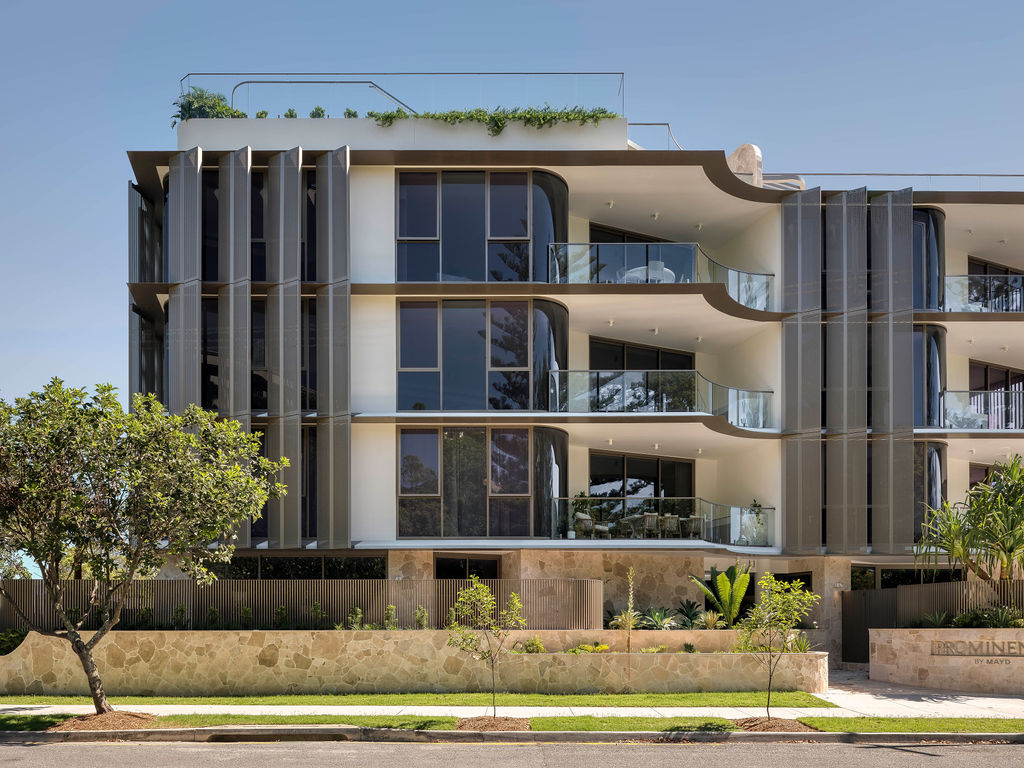Money’s Mortgage Insights: Investor Refinancing Reaches New Peak, While Loans for New Builds Drop to Record Low
21 May 2025
Money.com.au has released the latest edition of its Mortgage Insights report, highlighting key trends in the Australian home loan market for the March 2025 quarter and the year to date.
See the full report on LinkedIn.
Investor loans rebound to near record levels
The number of loans funded in the March 2025 quarter rose 5.7% year-on-year but fell 15.5% from the stronger December 2024 quarter. Over the full year to March 2025, total loans reached 521,400 — a 10.5% increase compared to the same period last year.
Investor loans remain the key growth driver. While annual growth has eased slightly — down from 21.6% last quarter — investor loans are still up 19% year-on-year, growing at more than three times the rate of owner occupier loans (6%).
In the year to March 2025, new investor loans reached 196,241 — just 3% below the June 2022 peak of 202,585, when investors were locking in ultra-low fixed rates.
Money.com.au’s General Manager of Lending, Jacob Overs, says investor confidence is building amid the RBA’s rate-cutting cycle.
“We’re just shy of the investor loan peak set in 2022, but this time, the uptick in activity is happening in a very different rate environment. With rates falling from a much higher base and more cuts likely, many cashed-up investors see this as their window to strike before competition returns from owner occupiers and first home buyers,” he says.
Investor refinancing hits record high & internal refinancing surges
Total refinancing activity is growing again, up 1% to 554,820 refinanced loans in the year to March 2025. For now, the increase is being driven by internal refinancing, which is up 33%, while external refinancing is still down 11% — though this marks a rebound from the 21% decline recorded last quarter.
Investors are leading much of this activity, with investor refinancing reaching a new high of 173,948 loans — surpassing the previous record of 173,942 set in September 2023.
Investors step in as owner occupier growth drops in Victoria
While owner occupier loan growth remains steady at 6% nationally, some states have seen a slowdown. The most significant decline was seen in Victoria, where growth fell to 8.1% from 9.8%, followed by New South Wales (4.9% from 5.3%) and Western Australia (3.2% from 3.8%).
Although Victoria recorded the sharpest drop in owner occupier activity, it saw a 12% rise in investor loan growth in the year to March 2025 — one of the few states to see an increase.
Traditionally a strong owner occupier market, this shift suggests investors are starting to re-evaluate Victoria’s value proposition amid changing market dynamics.
Jacob says the shift in Victoria is being driven by both policy changes and market opportunity.
“Stamp duty concessions for off-the-plan properties have provided a lifeline for some investors buying new units and townhouses. At the same time, others are offloading their rental properties due to higher taxes in the state. But many of those homes are being picked up by first-home buyers as investment properties, thanks to their relative affordability,” he says.
New build loans drop to decade-low
Another noteworthy trend in the loan market is the continued decline in lending for new builds. Loans for newly erected dwellings fell to just 19,153 in the year to March 2025 — the lowest annual figure in more than a decade, not seen since September 2013.
New dwelling loans peaked at 32,964 in September 2021 and have since dropped 42%. If the trend continues, they could fall a further 17.2% by the end of 2025, reaching just 16,321 loans.
Jacob says the decline in new build loans is a symptom of Australia’s ongoing shortage of new housing.
“High construction costs and long build times are pushing buyers into existing properties instead, because they’re seen as lower risk and quicker to access, both of which are major advantages in today’s lending environment,” he says.
Money.com.au’s bonus insight: Past rate cut cycle drove 60% loan growth over 10 years — could it happen again?
The RBA cut the cash rate in February 2025 for the first time in nearly five years, followed by a second cut in May.
The last cash rate reduction cycle began in November 2011 and stretched across nine years, with 18 cuts in total — three of which occurred during the early stages of the COVID-19 pandemic.
During that last cycle, owner occupier loan activity rose significantly. Annual new owner occupier loans grew from 277,717 in December 2011 to a peak of 443,150 by September 2021 — a 60% increase.
If history is any guide, a prolonged rate-cutting cycle could once again unlock a decade of lending growth — although the current cycle may prove shorter than the last.











